Hong Kong brutalism explored: tour the island with this new architectural map
Hong Kong brutalism is brought into sharp focus through the launch of Brutalist Hong Kong Map, the latest of its kind in publisher Blue Crow Media’s 20th-century architecture series
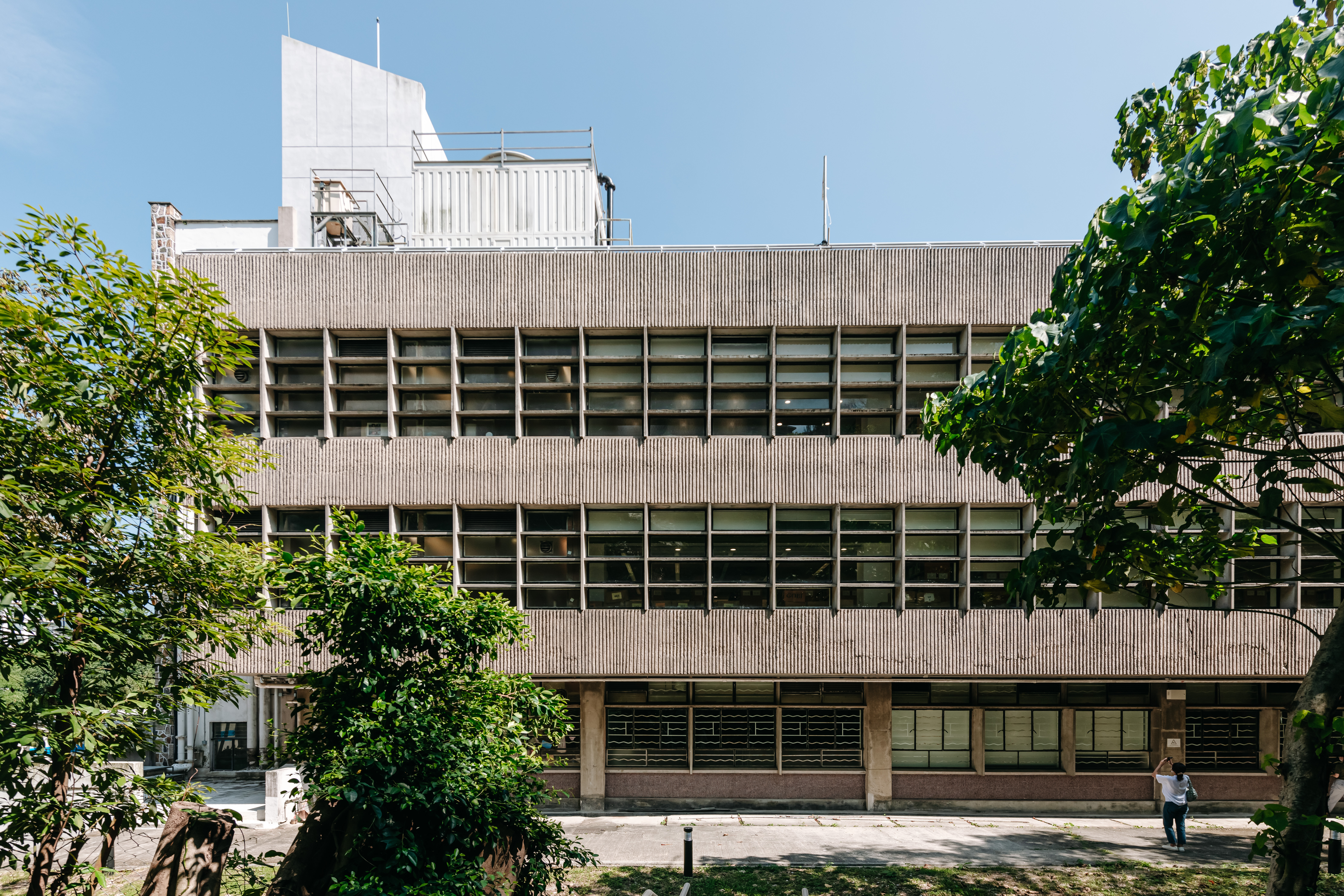
‘I never expected Hong Kong's architecture to be so fascinating and meaningful, especially without the typical influence of capitalism,‘ says Bob Pang, a Hong Kong Chinese architect, who founded the Brutalism Hong Kong Research Group in 2021. Over the past four years, the team of 20 researchers has uncovered and documented over 40 examples of brutalist architecture in the city, both standing and demolished. They have curated two exhibitions, authored a key publication, and contributed to numerous talks and lectures across China and Asia.
Their latest project, the bilingual Brutalist Hong Kong Map, advocates for the city's hidden architectural heritage, linking it to the global brutalist narrative and engaging the global network of devoted followers.
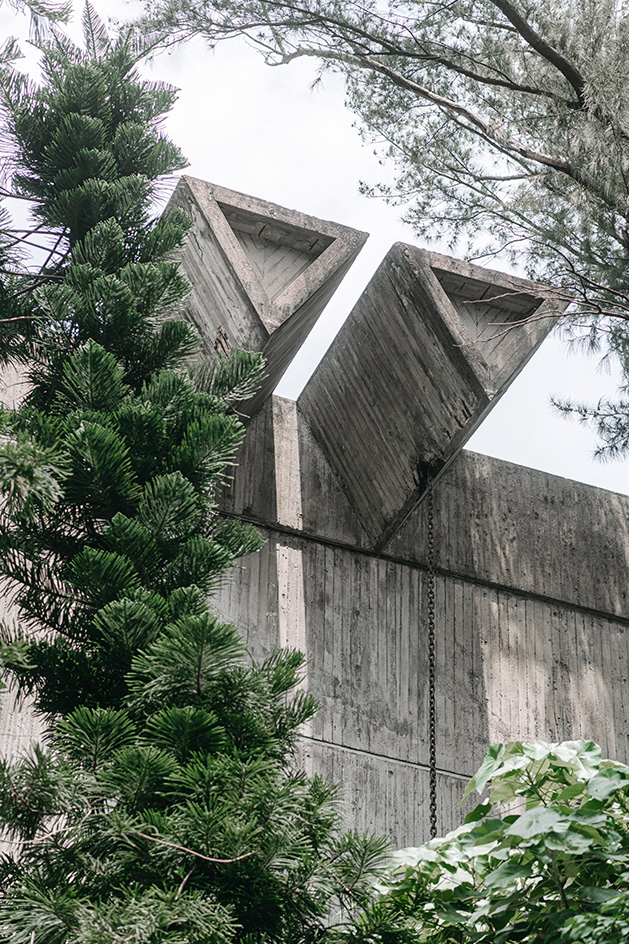
St. Stephen's College Special Room Block and Tang Shiu Kin Hall
Join our architecture tour of Hong Kong brutalism
The research, supported by Design Trust, a non-profit funding platform, and Leigh & Orange Architects, with roots in Hong Kong since 1874, has uncovered the missing pieces of the city’s architectural history from the 1950s to the 1970s, piecing together a picture that had never been fully formed. Unsurprisingly, Hong Kong’s brutalist architecture was heavily influenced by the British brutalist movement, with many key figures having studied in the UK or collaborated with renowned British architects like Denys Lasdun and John Bonnington.
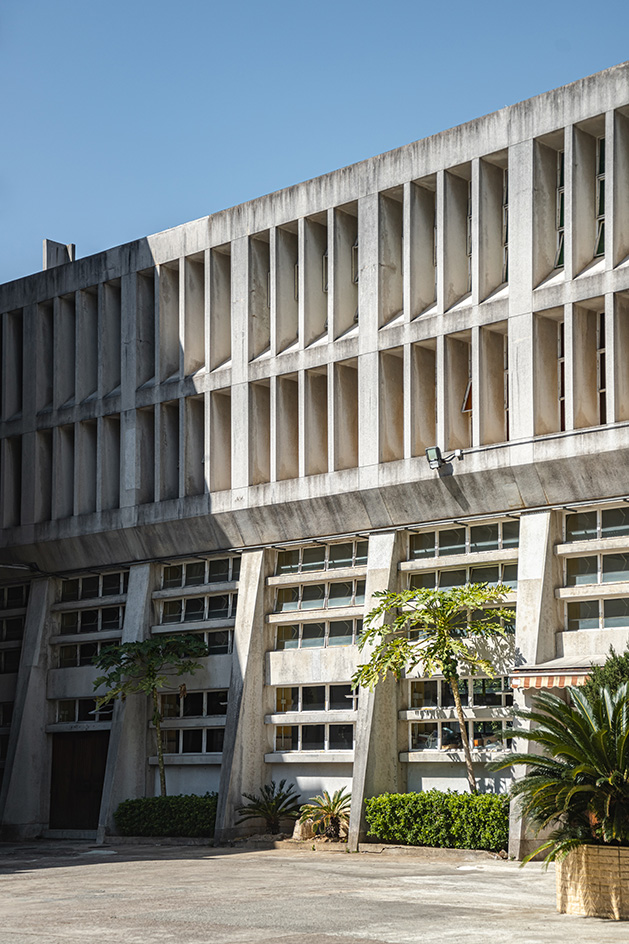
St. Alfred's Church
A wave of designs with a strong sense of geometry began to shape Hong Kong’s architectural landscape in the mid-1960s, including the expressive Chinese Methodist Church North Point (Szeto Wai, 1965) and the Mies van der Rohe-influenced Chun Hom Kok Architect’s Residence (Jackson Wong, 1966).
READ MORE
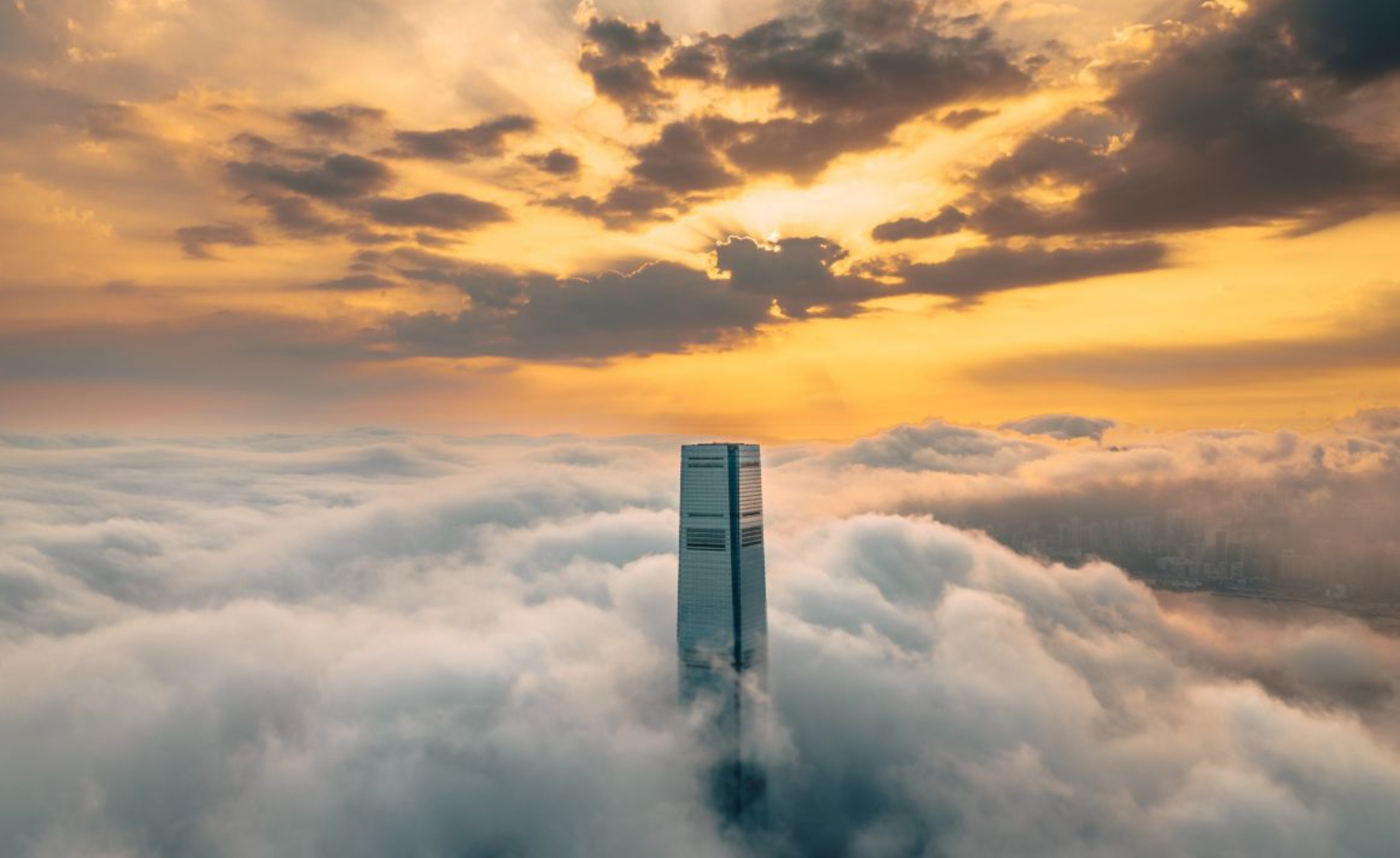
By the 1970s, as local brutalism reached its peak, several iconic structures emerged, each contributing something unique to the movement: the bold, line-crossing Diocesan Youth Retreat Hostel and Chapel (Samn Lim, 1971); the interlocking forms of Chung Chi Hall Student Centre (Dennis Lau, 1972); and the UFO-shaped Stewards Pooi Tun Secondary School (Ronald Poon, 1975).
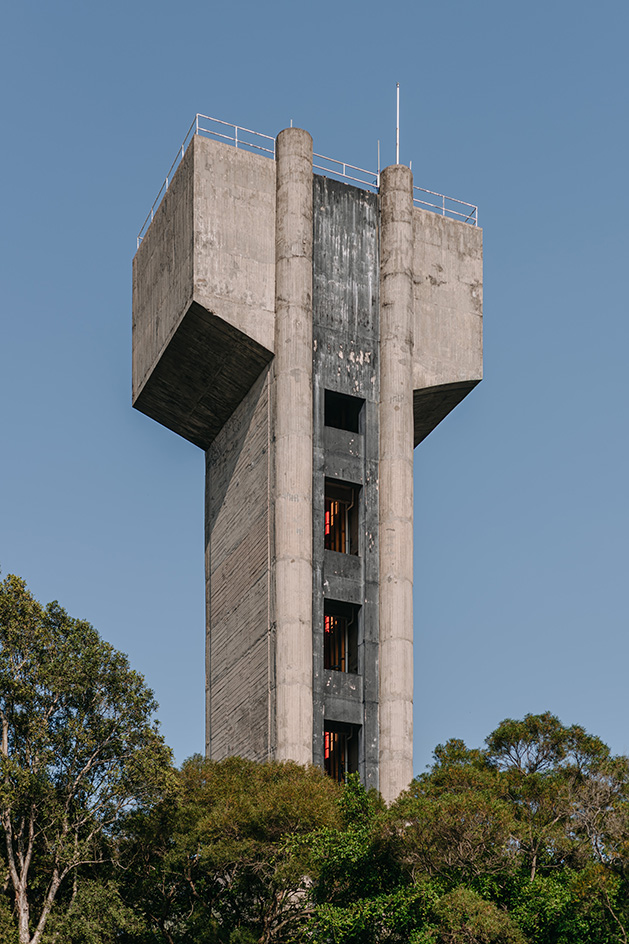
United College Water Tower, CUHK
The findings evidently revealed how these structures adapted to Hong Kong's rapid urban growth, hilly terrain and subtropical climate. Designed with vertical integration, they maximised compact spaces for multiple uses, including workshops, offices, canteens, leisure areas, and parking. The Eastern Sea Industrial Building (Peter Pun, 1975), a cargo-sized, ‘pre-cast pre-stressed’ structure, exemplifies this approach by combining various uses in a single high-rise.
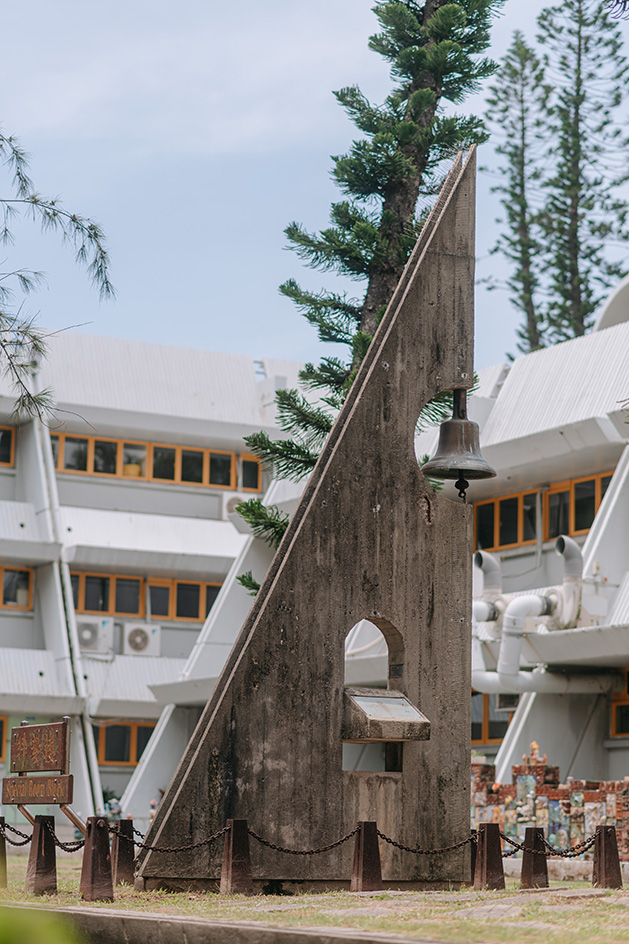
St. Stephen's College Bell Tower
Transparent facades, such as climate-responsive brise soleil and ventilation blocks, seen in St Stephen's College Special Room Block (Tao Ho, 1981), offered natural cooling before air conditioning became widely affordable. The swift construction of buildings like the Shaw Brothers Studio Production Unit (Peter Pun, 1968), completed in just five months, reflects the era's rapid urban development, where longevity was perhaps not a primary concern.
Wallpaper* Newsletter
Receive our daily digest of inspiration, escapism and design stories from around the world direct to your inbox.

T.C. Cheng Building
‘The post-war architects tackled social issues with designs of exceptional spatial and construction quality, producing brutalist buildings that are both deeply connected to the local context and uniquely reflective of their time,’ Pang says. Since the economic boom of the 1980s, many iconic buildings have been demolished to make way for larger, more luxurious curtain wall structures, while others have been extensively renovated.
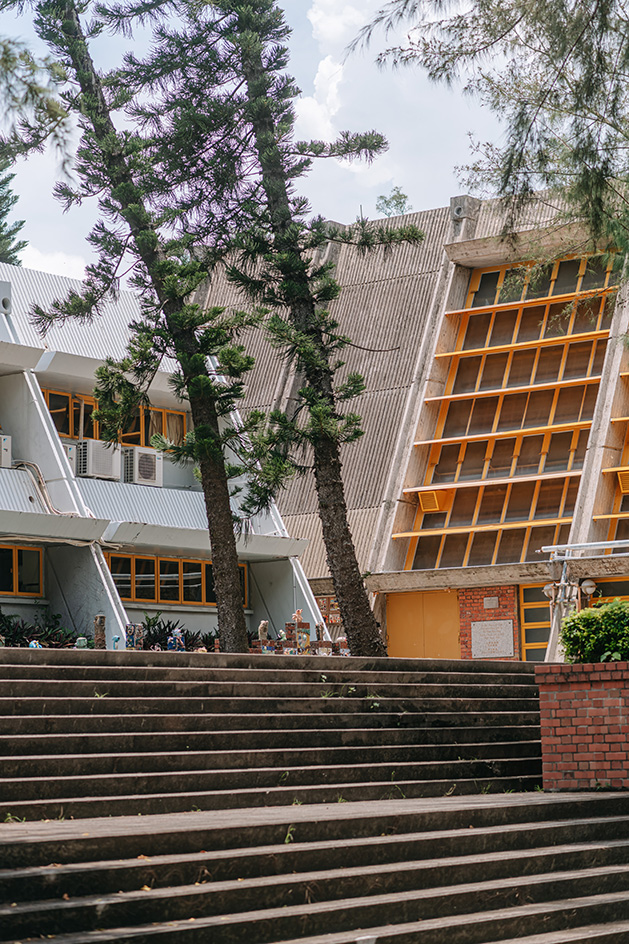
St. Stephen's College Special Room Block and Tang Shiu Kin Hall
Only a few remain in their original, well-preserved state. The Brutalist Hong Kong Map seeks to document these surviving gems, while also encouraging a rediscovery of their charm and a rethinking of the city's evolving urban landscape.
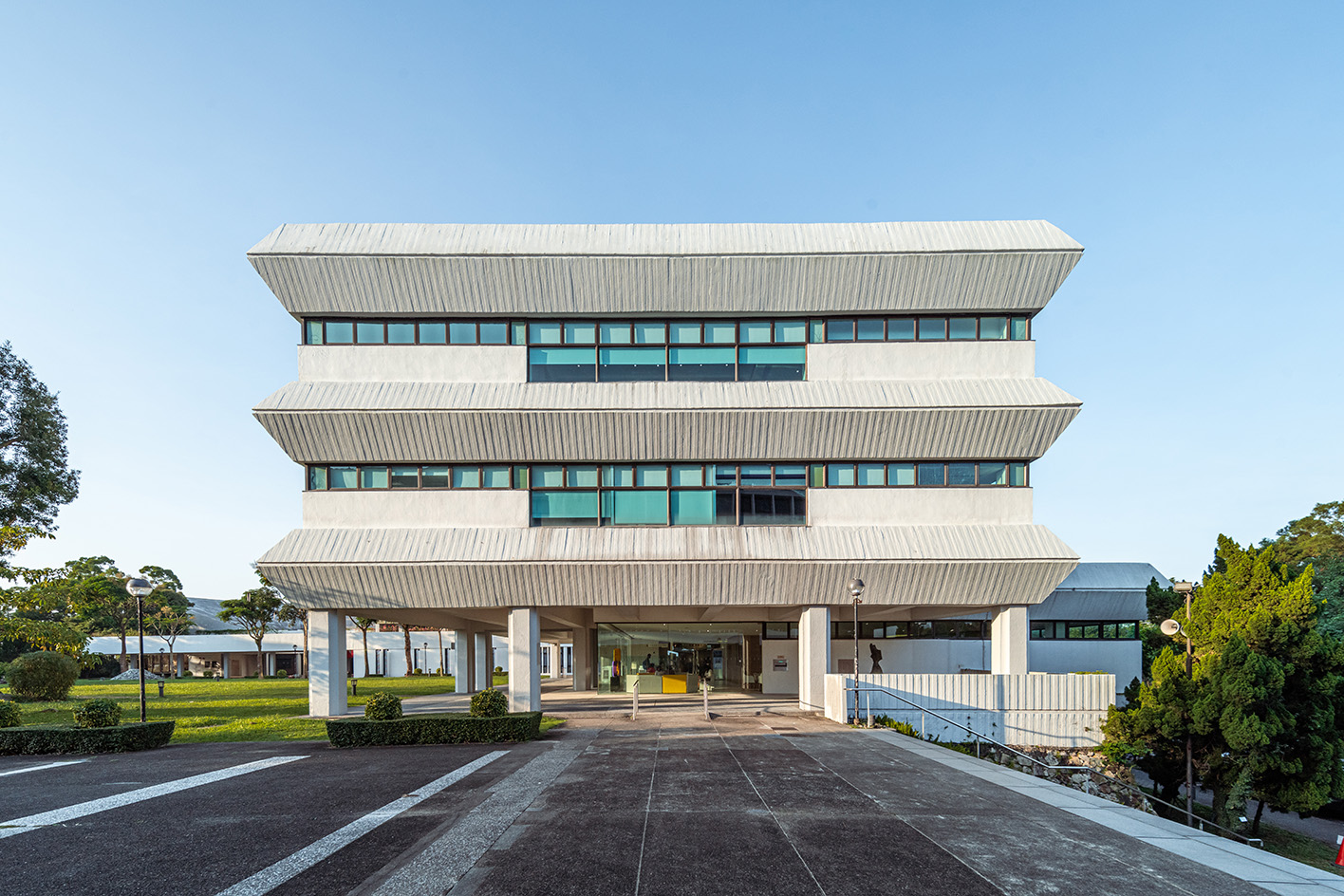
Wu Chung Library, CUHK
‘For a day trip exploring Hong Kong's Brutalist architecture, start at The Chinese University of Hong Kong in the New Territories, where you can easily walk between over twenty brutalist buildings, all conveniently close together.’ Pang said, ‘Then move to the Hong Kong Island, begin at the Chinese Methodist Church in North Point, then take the metro to St Joseph’s Primary School in Wan Chai.'
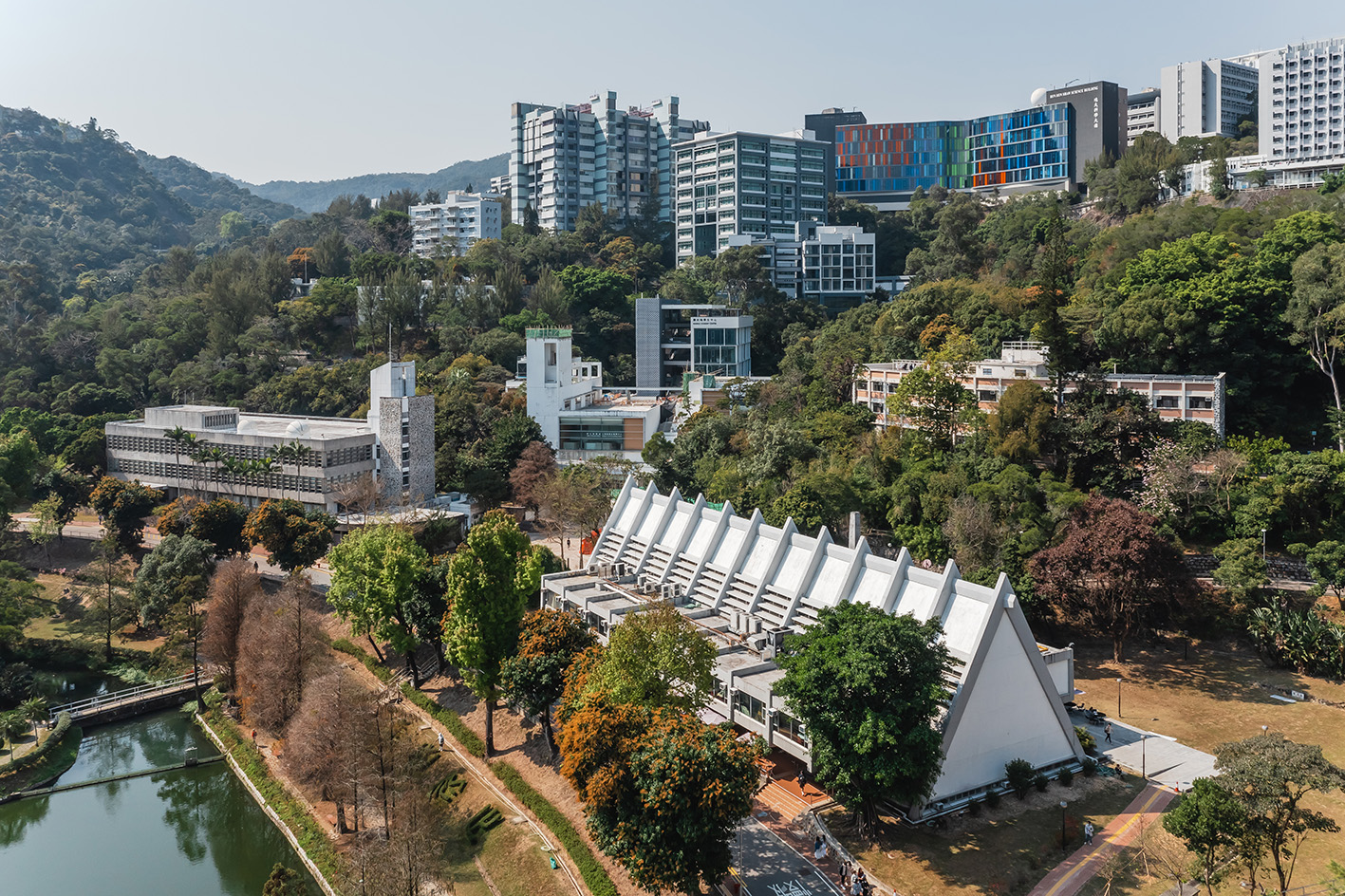
Chung Chi Hall Student Centre, CUHK
'From there, hop on a tram to Happy Valley to see Smiley Court apartments. End your day with a minibus ride to Island South to visit the Residence of Jackson Wong in Chung Hom Kok, and enjoy a sunset at the nearby beach to cap off the experience.’
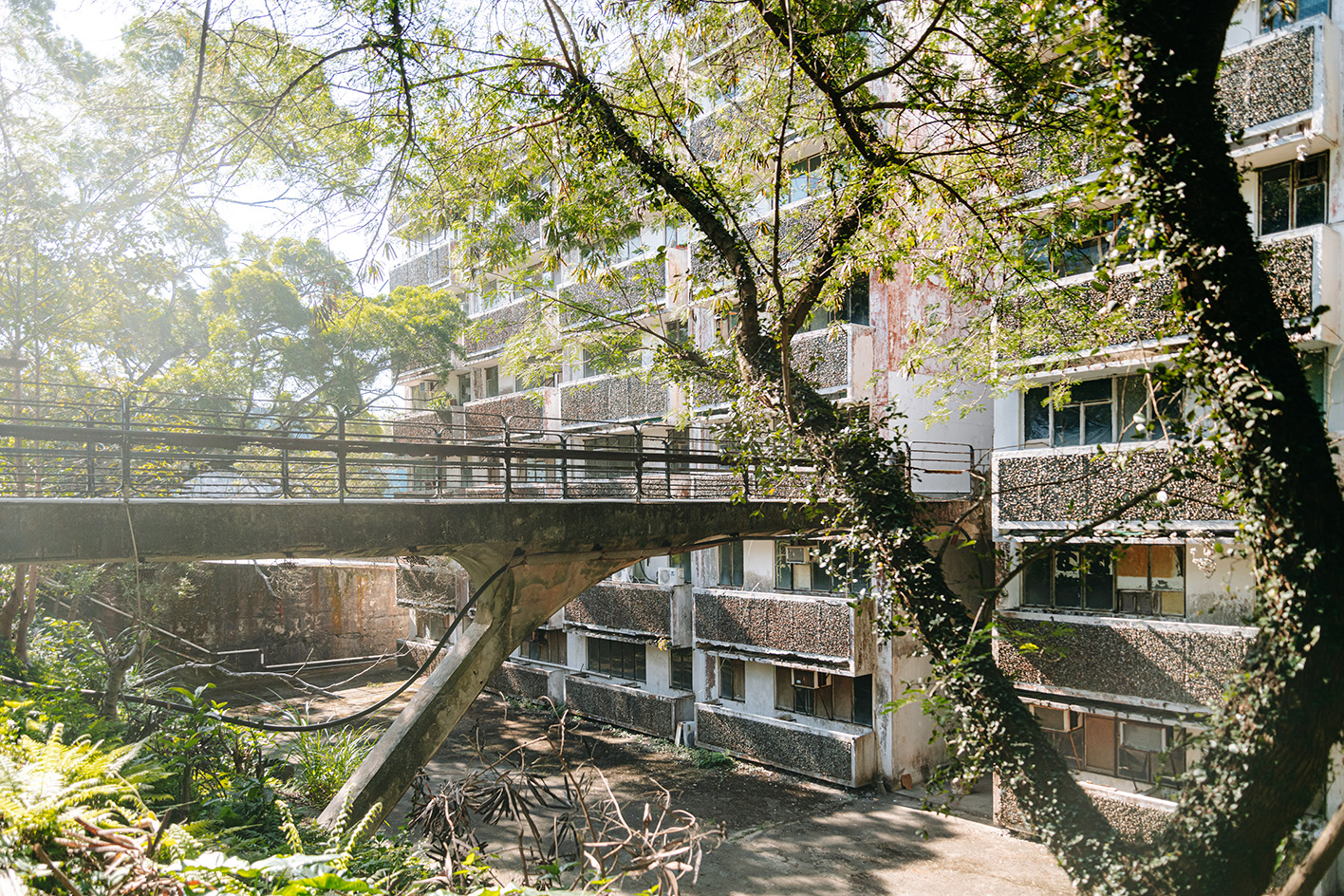
Shaw Studios Residential Blocks
Yoko Choy is the China editor at Wallpaper* magazine, where she has contributed for over a decade. Her work has also been featured in numerous Chinese and international publications. As a creative and communications consultant, Yoko has worked with renowned institutions such as Art Basel and Beijing Design Week, as well as brands such as Hermès and Assouline. With dual bases in Hong Kong and Amsterdam, Yoko is an active participant in design awards judging panels and conferences, where she shares her mission of promoting cross-cultural exchange and translating insights from both the Eastern and Western worlds into a common creative language. Yoko is currently working on several exciting projects, including a sustainable lifestyle concept and a book on Chinese contemporary design.
-
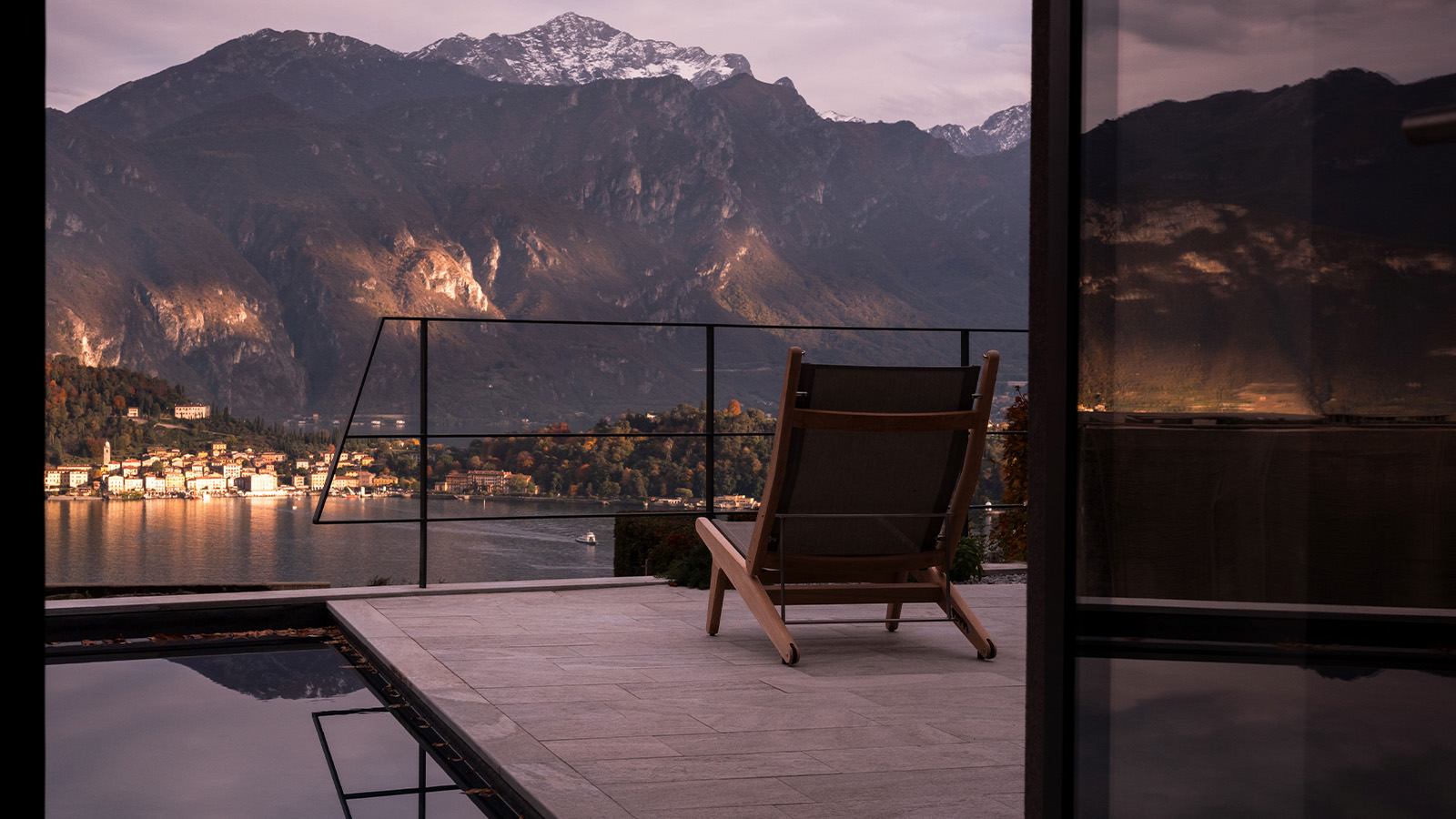 Explore this new Lake Como villa and its powerful, cinematic views
Explore this new Lake Como villa and its powerful, cinematic viewsA Lake Como villa by Tuckey Design Studio celebrates the history of its site and references the surrounding landscape through materiality
By Tianna Williams
-
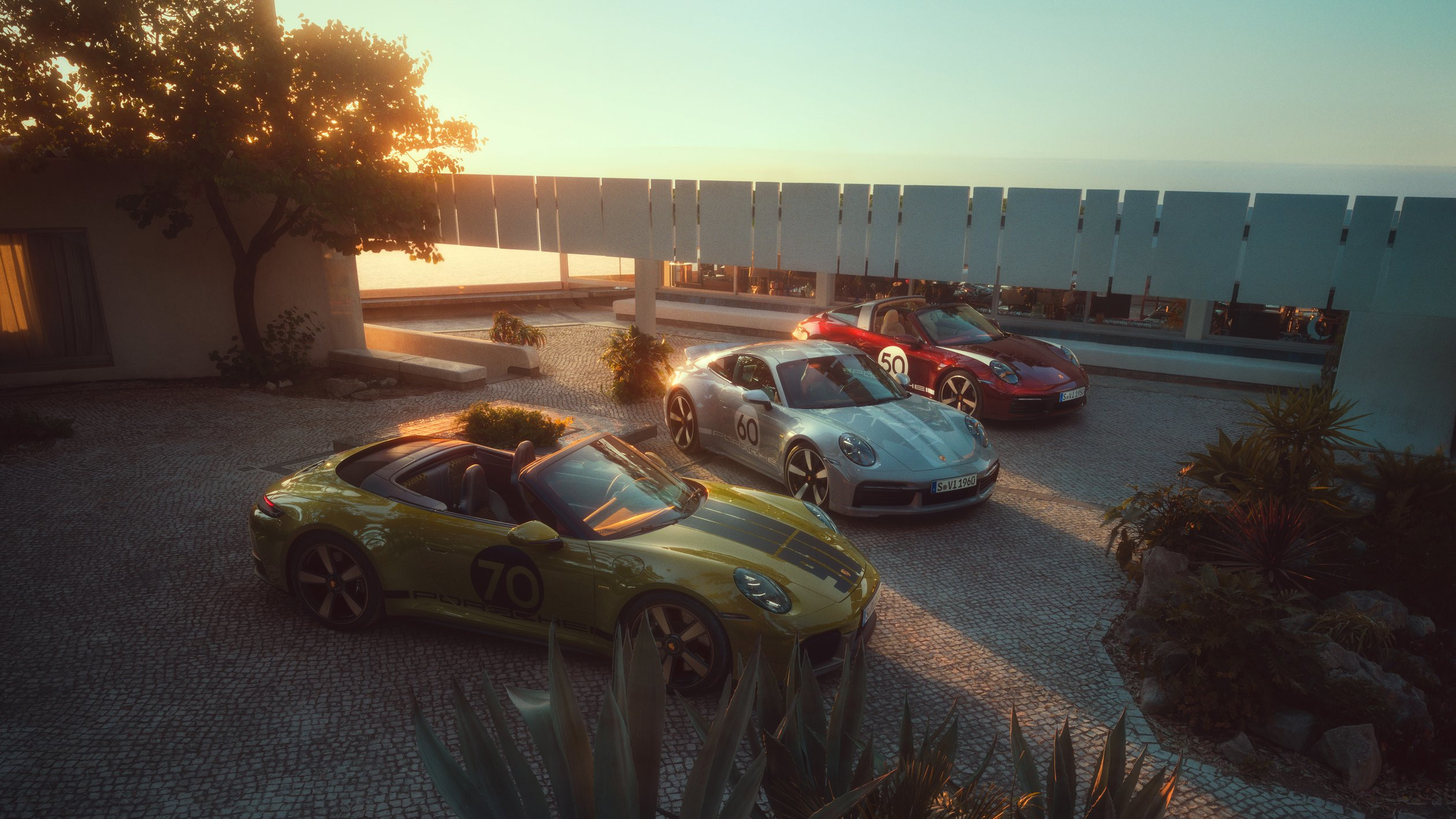 The Porsche 911 Spirit 70 harks back to the aesthetic and ethos of the 1970s
The Porsche 911 Spirit 70 harks back to the aesthetic and ethos of the 1970sAs part of Porsche’s Heritage Design strategy, the company has launched a new special edition, the Porsche 911 Spirit 70 convertible
By Jonathan Bell
-
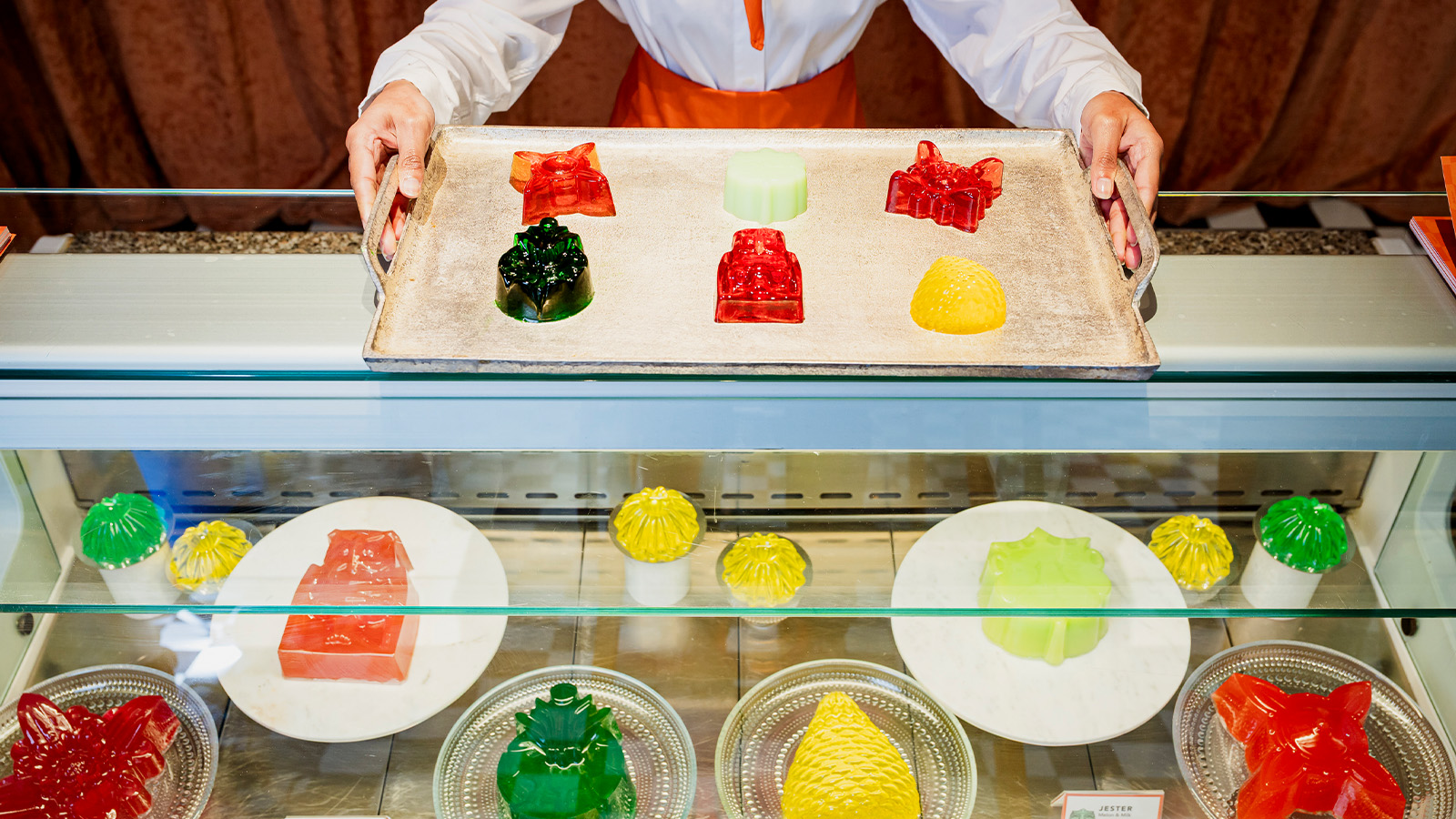 At the Regent Street Sensorium, architectural jelly sculptures are designed to ignite the senses
At the Regent Street Sensorium, architectural jelly sculptures are designed to ignite the sensesDelve into the history of London’s Regent Street through a jellyscape, a fragrance cloud and more – plus, for the event’s final week, two new immersive workshops (ends 27 April)
By Tianna Williams
-
 Tour the wonderful homes of ‘Casa Mexicana’, an ode to residential architecture in Mexico
Tour the wonderful homes of ‘Casa Mexicana’, an ode to residential architecture in Mexico‘Casa Mexicana’ is a new book celebrating the country’s residential architecture, highlighting its influence across the world
By Ellie Stathaki
-
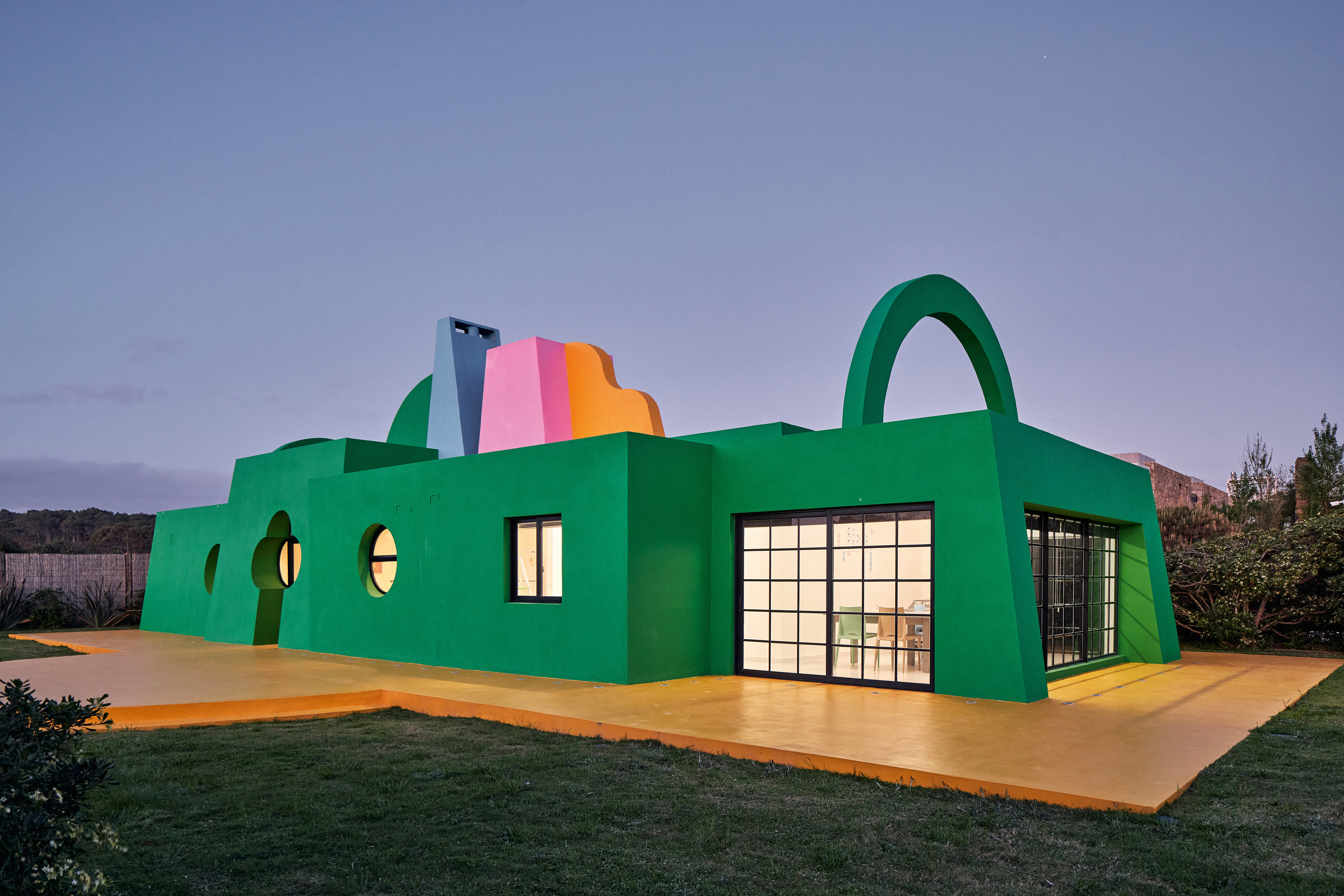 Ten contemporary homes that are pushing the boundaries of architecture
Ten contemporary homes that are pushing the boundaries of architectureA new book detailing 59 visually intriguing and technologically impressive contemporary houses shines a light on how architecture is evolving
By Anna Solomon
-
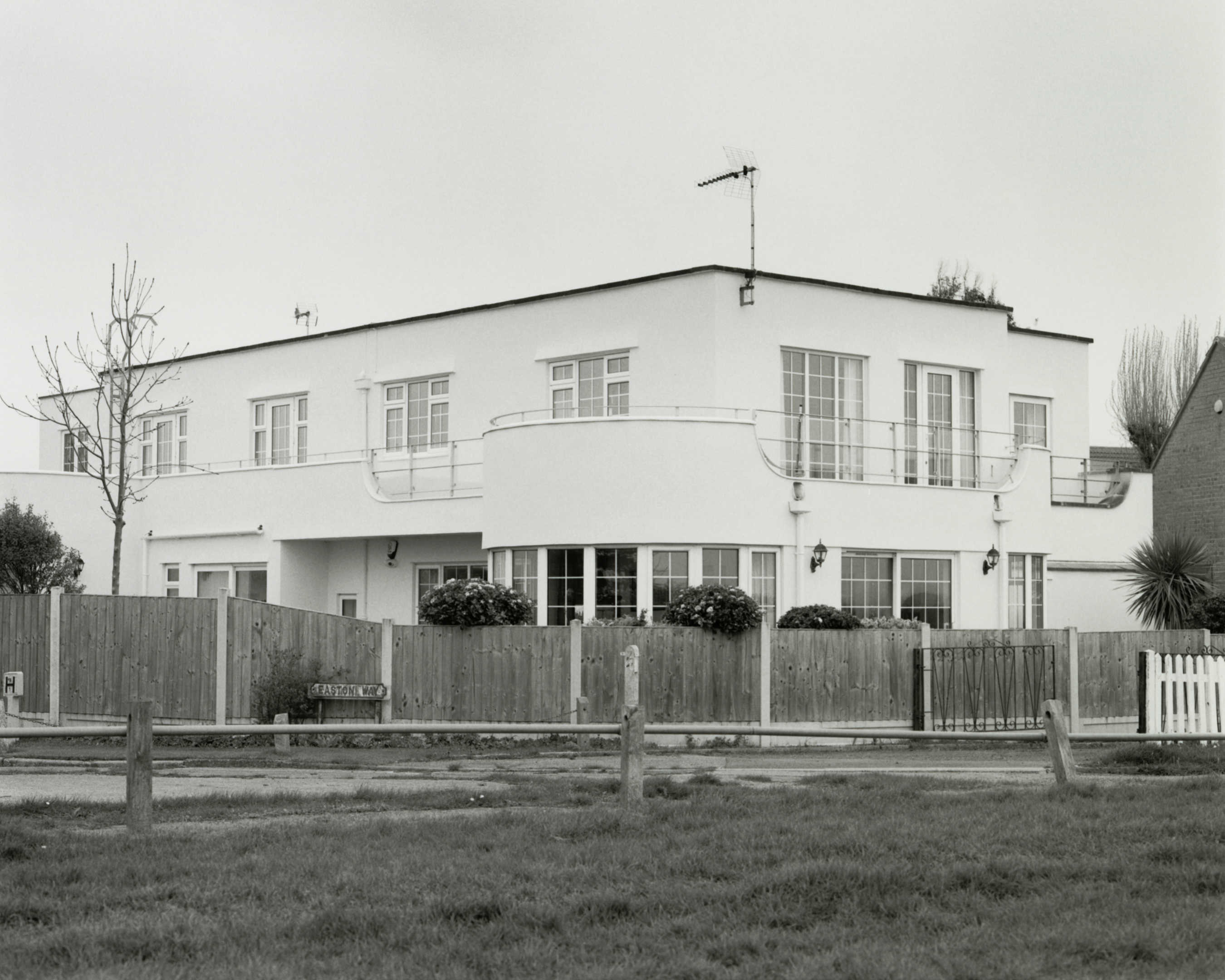 New book takes you inside Frinton Park Estate: the Essex modernist housing scheme
New book takes you inside Frinton Park Estate: the Essex modernist housing scheme‘Frinton Park Estate’, a new book by photographer James Weston, delves into the history of a modernist housing scheme in Essex, England
By Ellie Stathaki
-
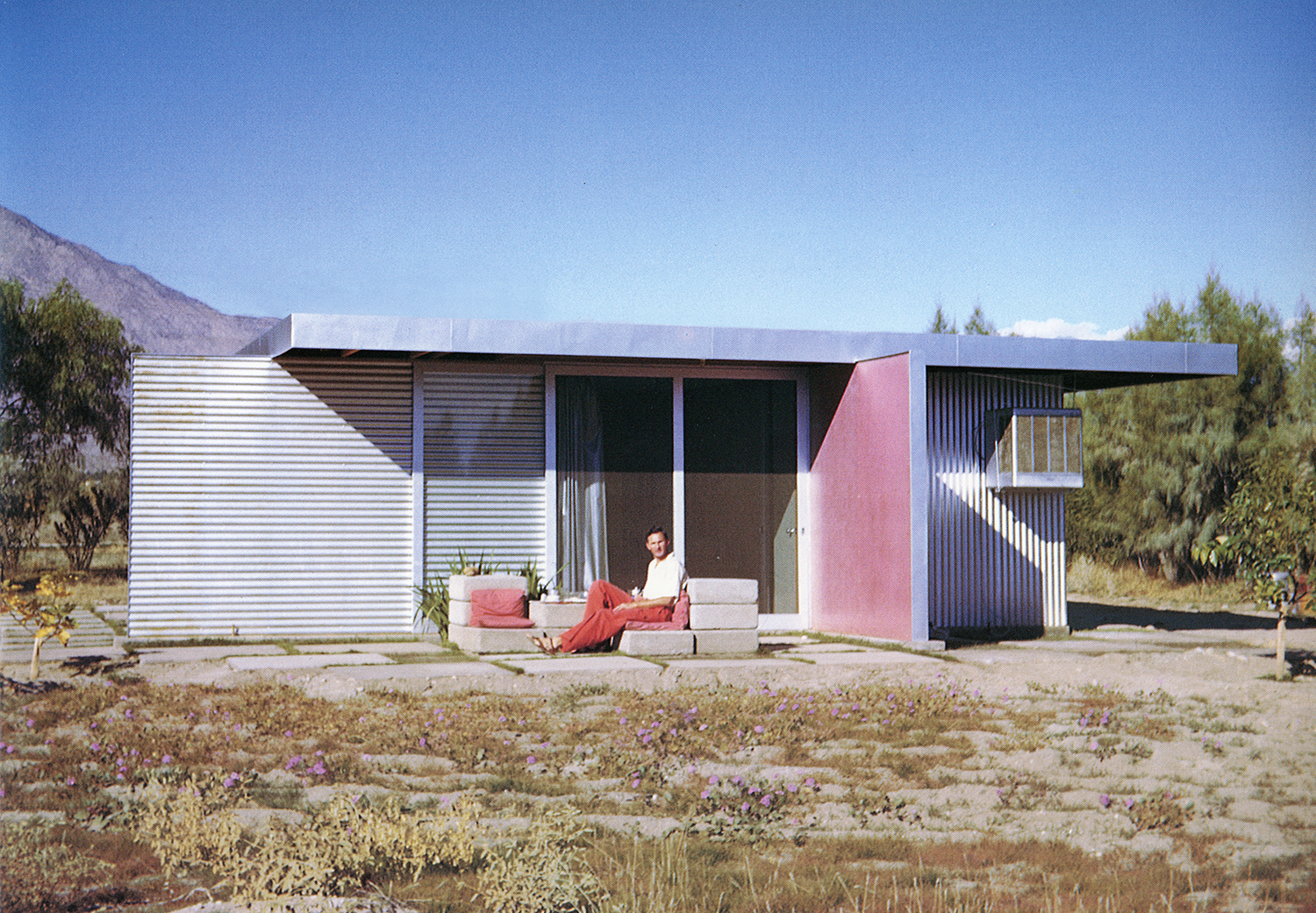 Take a deep dive into The Palm Springs School ahead of the region’s Modernism Week
Take a deep dive into The Palm Springs School ahead of the region’s Modernism WeekNew book ‘The Palm Springs School: Desert Modernism 1934-1975’ is the ultimate guide to exploring the midcentury gems of California, during Palm Springs Modernism Week 2025 and beyond
By Ellie Stathaki
-
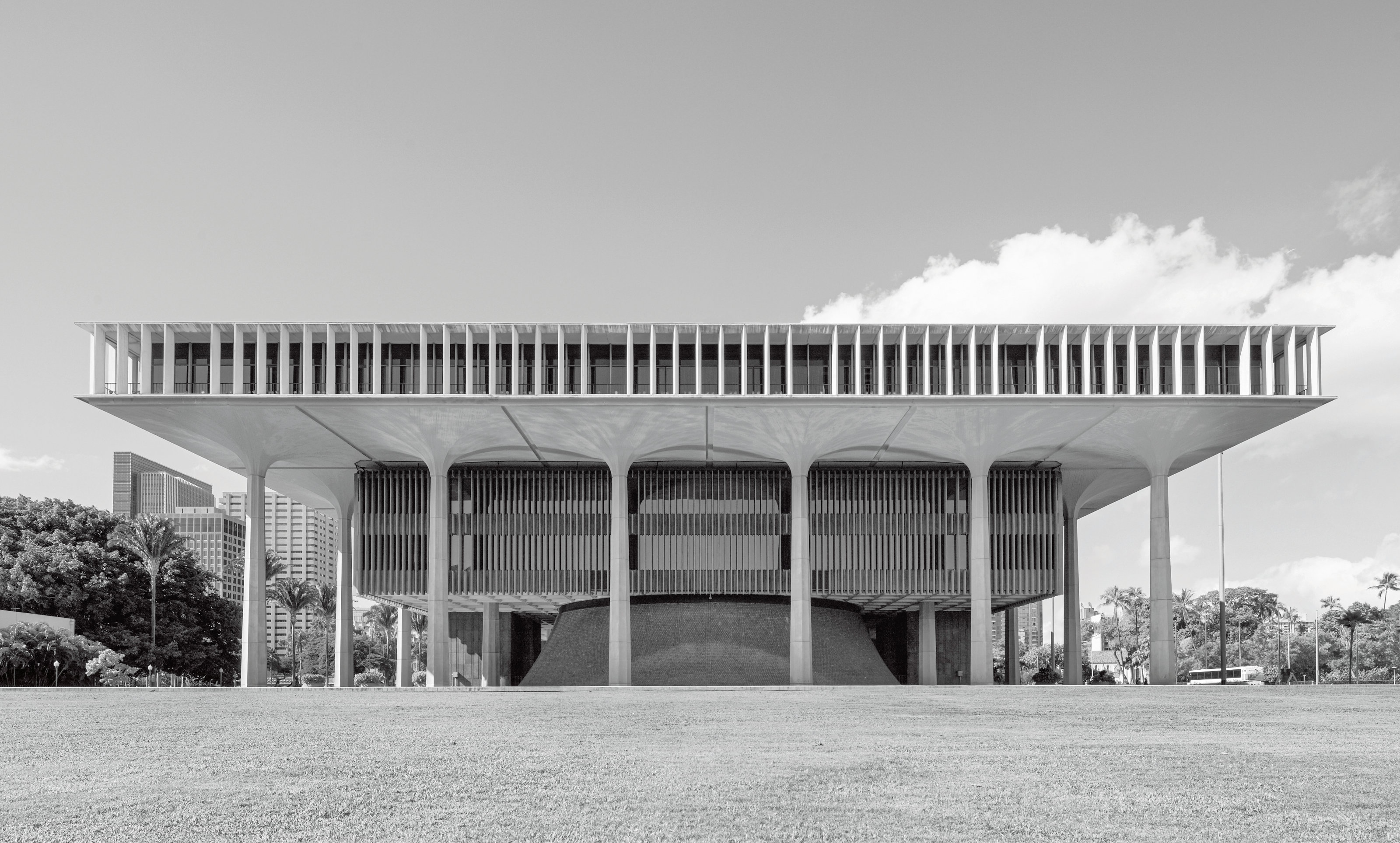 'Mid-Century Modern Masterpieces' captured in new monograph like no book before
'Mid-Century Modern Masterpieces' captured in new monograph like no book before'The Atlas of Mid-Century Modern Masterpieces' chronicles hundreds of iconic structures from this golden age of architectural expression
By Jonathan Bell
-
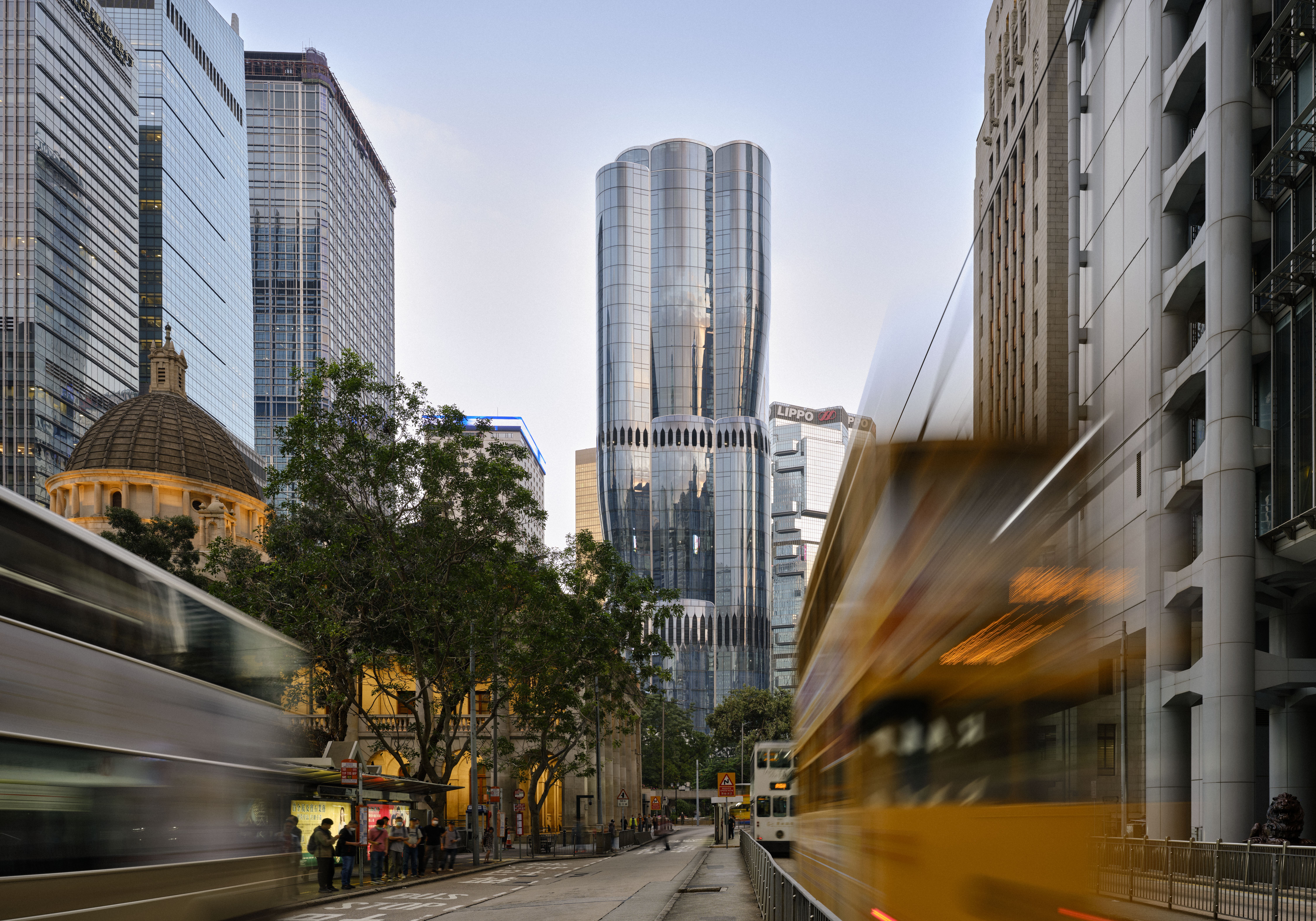 The Henderson by ZHA in Hong Kong makes everyone sit up and pay attention
The Henderson by ZHA in Hong Kong makes everyone sit up and pay attentionThe Henderson, ZHA's new high-rise in Hong Kong, stands out in its coveted address through its unusual, fluted façade of glass columns
By Daven Wu
-
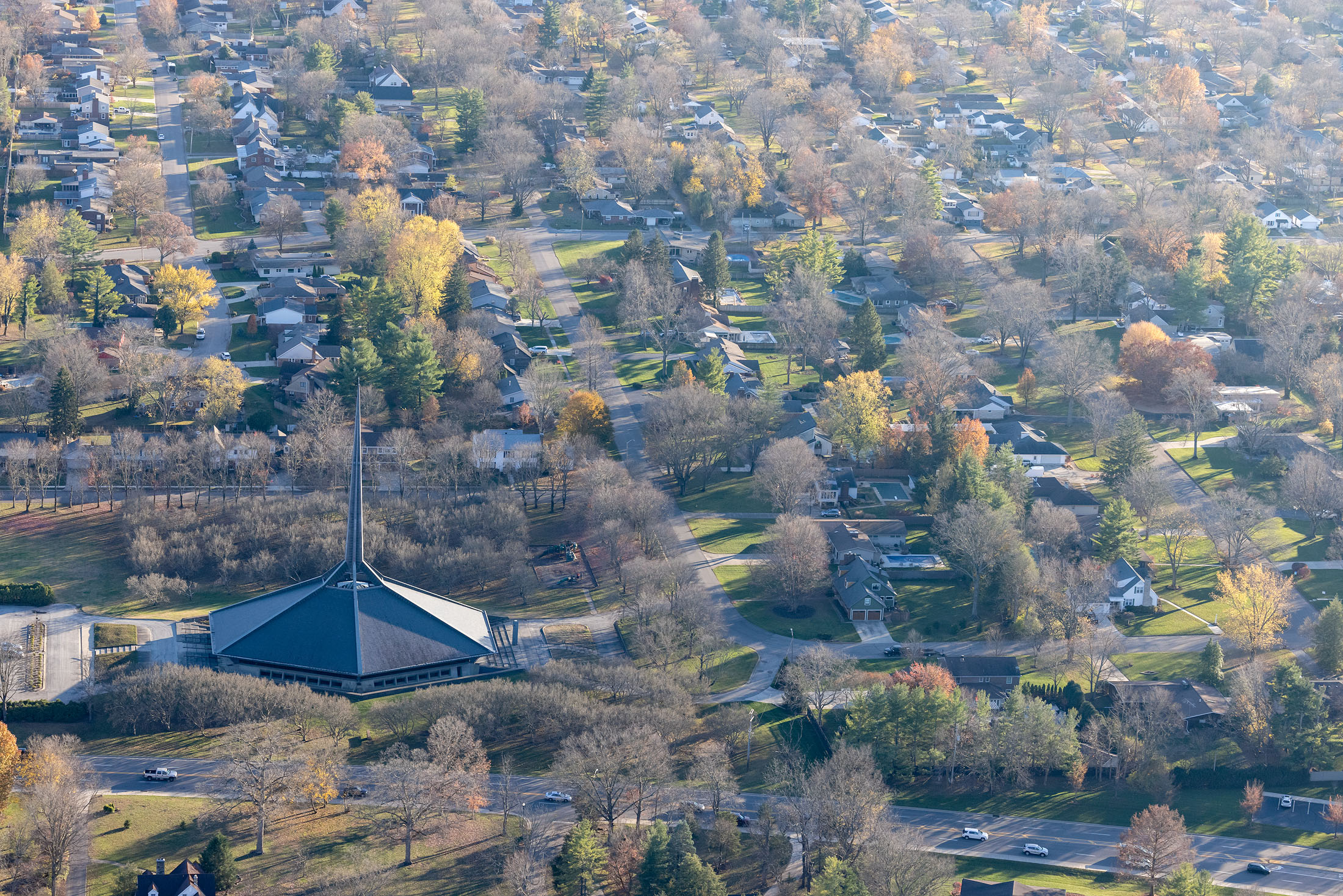 Dive into these new architecture books: Autumn 2024's reading
Dive into these new architecture books: Autumn 2024's readingThe Wallpaper* guide to the new architecture books for Autumn 2024 - from meaty monographs to themed explorations and lots of immersive visuals
By Ellie Stathaki
-
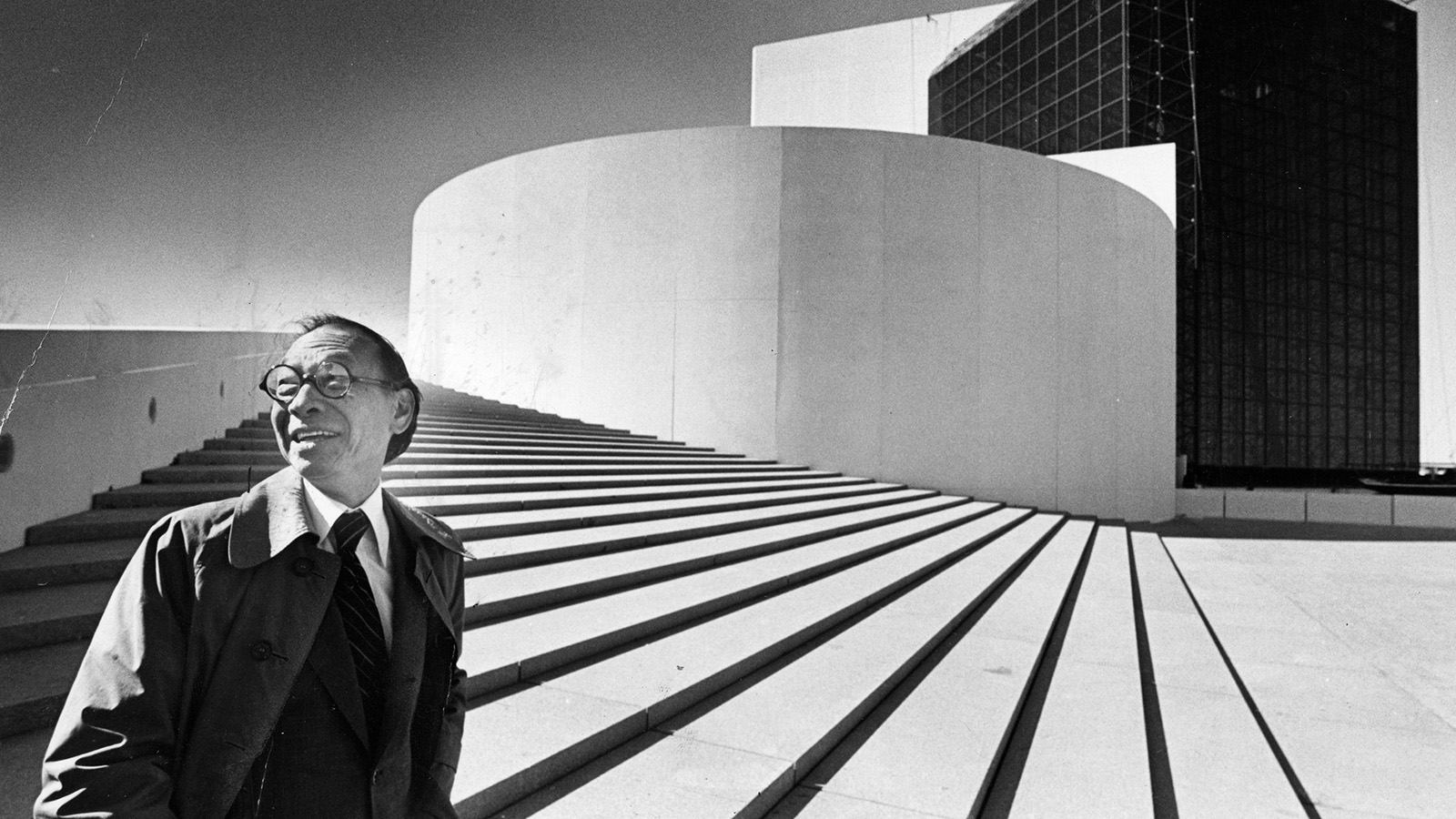 'Famous but understudied': IM Pei exhibition at M+ in Hong Kong is a deep dive into the architect's legacy
'Famous but understudied': IM Pei exhibition at M+ in Hong Kong is a deep dive into the architect's legacy'IM Pei: Life is Architecture' is an exhibition celebrating the global icon; and it's just opened at M+ in Hong Kong
By Ijeoma Ndukwe